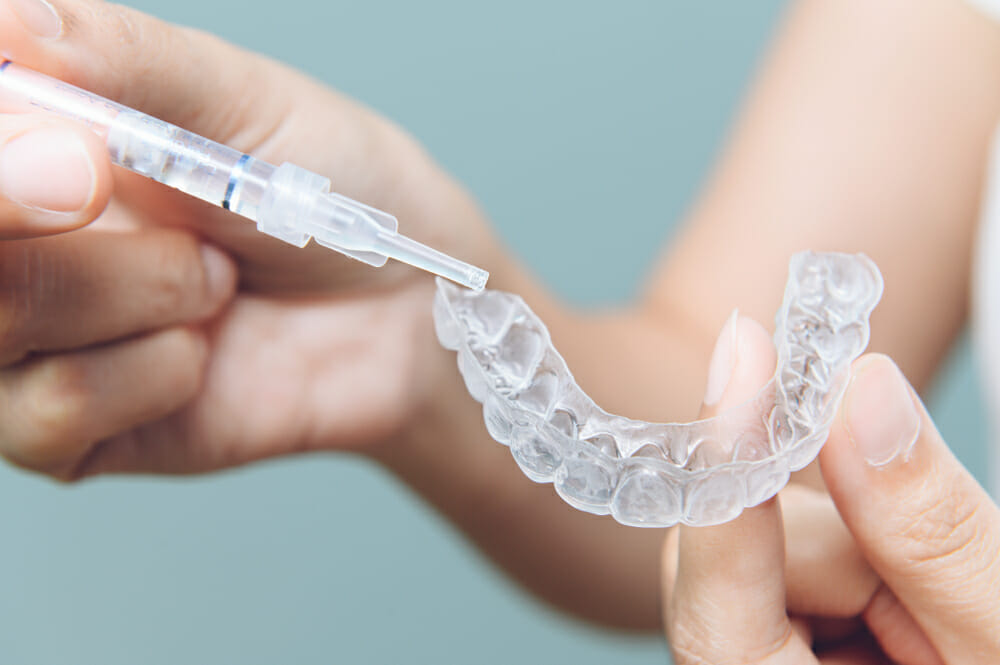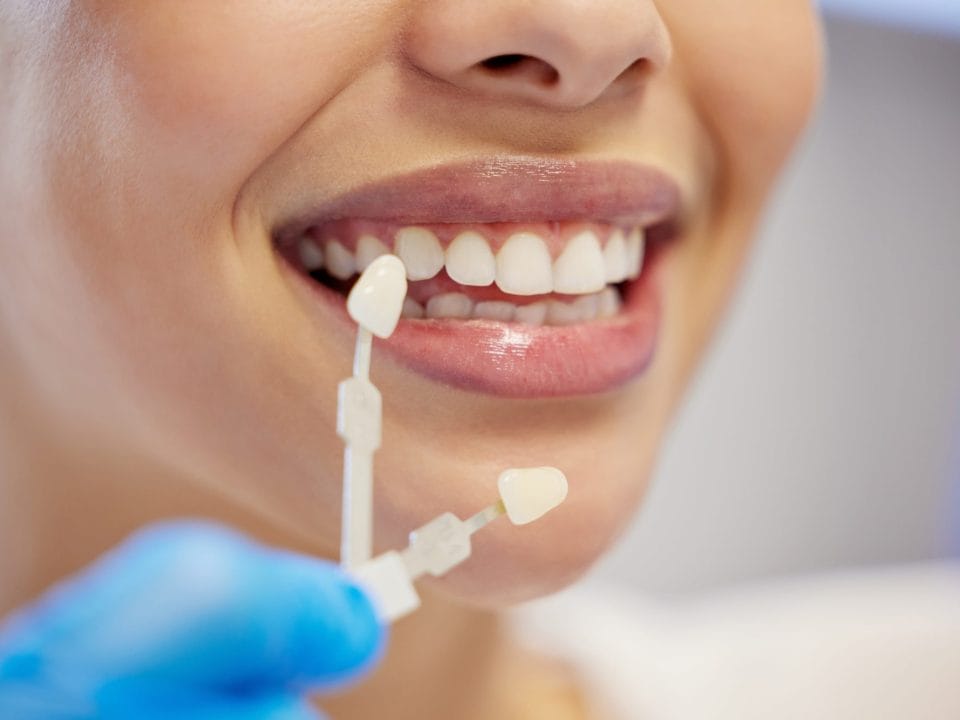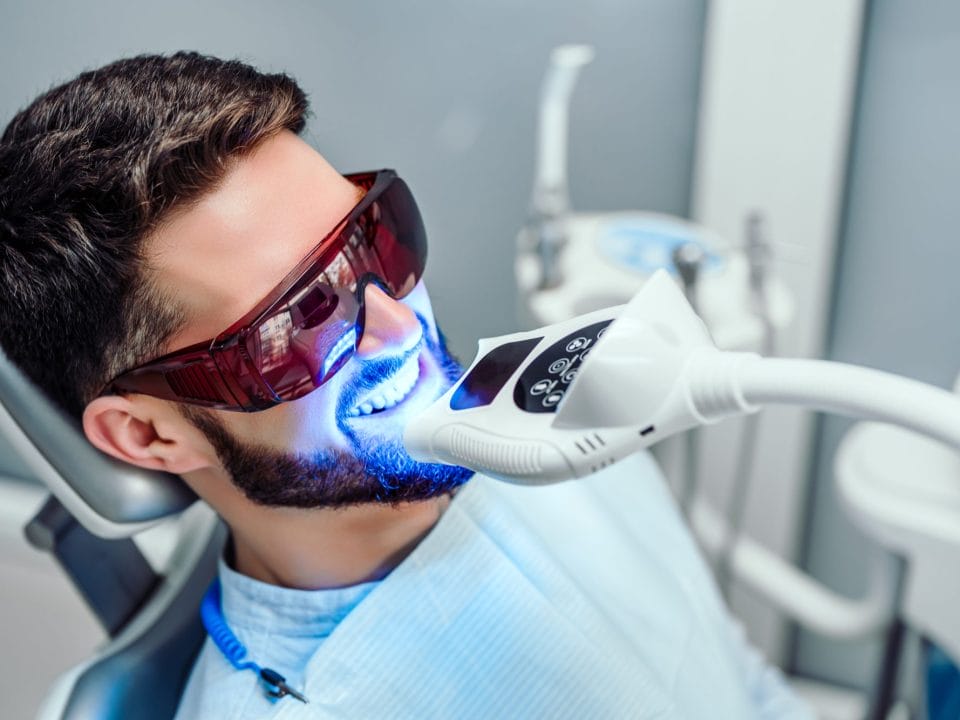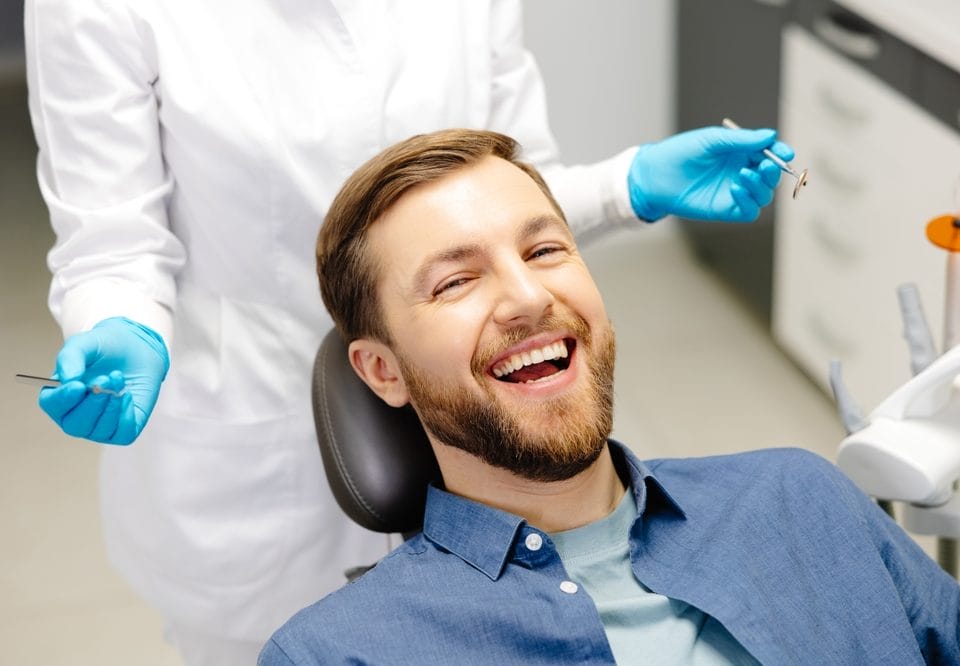
Having a dental emergency? Call us!
614-882-1135
We understand that dental emergencies can happen at any time. If you're in need of urgent care, give us a call, and we'll do everything we can to assist you when it matters most.
Patient Testimonials
Discover Better Dentistry
Become a part of the
Westerville Dental family!
We're accepting new patients. Our dental team prides itself on delivering a truly efficient and enjoyable experience while you’re with us.

Whitening your teeth is one of the quickest, easiest, and most affordable ways to improve your smile. You can get teeth whitening kits and products from your local store; your dentist may also recommend a kit or product to whiten your teeth. If you are like many people, though, you may wonder how useful these teeth whitening kits and products really are. Here is what your team of dental professionals at Westerville Dental Associates has to say about this approach to teeth whitening.
Why Whiten Your Teeth?
Your smile is probably the first thing people notice about you – a white, bright smile does wonders for your confidence!
Unfortunately, teeth do not always stay their whitest and brightest. Certain foods and beverages can stain teeth, for example, as can using tobacco products or some medications. Even aging and genetics can cause your pearly whites to lose their luminescence and luster.
Some tooth stains are tough to remove, even with proper brushing and flossing every day. All teeth whiteners remove stains from the surface of tooth enamel, but some are better at whitening teeth than others.
How Teeth Whiteners Work
Teeth often develop stains when certain chemicals bind to the surface of tooth enamel. Brushing and flossing effectively remove stains with weak chemical bonds to your tooth enamel, but have a tougher time removing stains with strong chemical bonds to your enamel.
Teeth whiteners work to remove stains because they contain peroxide, which contains a very volatile oxygen molecule. When these molecules touch surface stains, they react by breaking apart the chemical bonds holding the stains to your tooth enamel. Often referred to as “bleaching,” this chemical reaction lifts stains from your enamel to leave behind a whiter, brighter surface.
While peroxide effectively whitens teeth, it must seep deep into tooth enamel to do it. The bleaching action can remove minerals within the enamel, causing teeth to become temporarily porous and expose small microtubules (holes) in the enamel. This can lead to tooth sensitivity and pain, especially while consuming hot or cold foods or drinks, or when brushing your teeth.
Teeth whitening products and kits may contain either hydrogen peroxide or carbamide peroxide, and both types of peroxide work in the same way to lift stains from teeth. Professional teeth whitening products may also contain fluoride to strengthen tooth enamel to prevent tooth sensitivity.
The effectiveness of a whitening product primarily depends on how much peroxide it contains. Most whitening products sold in the United States contain 3 – 10% hydrogen peroxide and work by bleaching the teeth a little bit at a time, as prolonged use of hydrogen peroxide at concentrations of 30% or higher can harm tooth enamel. Dentists, by comparison, can use products containing more than 38% peroxide because they can apply it in a single, controlled session.
Depending on how much peroxide it contains, teeth whitening products can whiten teeth up to eight shades. Over-the-counter teeth whiteners can whiten teeth two or more shades; professional whitening can whiten teeth up to eight shades.
Types of Teeth Whitening Products and Kits
Whitening toothpaste, rinses and toothbrushes
These products are useful because they are easy to incorporate into your daily routine. Whitening toothpastes contain mild abrasives that gently remove stains from the surfaces of teeth. Whitening rinses may contain hydrogen peroxide or other whitening agents. Whitening toothbrushes use special condensed bristles that polish teeth without abrasives.
Whitening strips
Simply apply these small plastic strips to your teeth and let the peroxide-like gel go to work whitening your teeth. For best results, follow manufacturer instructions, which may suggest wearing the strips for up to 30 minutes each day for up to two weeks.
Whitening chewing gum
Whitening sugar-free chewing gum coats the teeth with whitening agents to prevent staining. Chew after meals to help keep your teeth looking their best following whitening treatments. Chewing gum also stimulates the production of saliva, which helps rinse away the bacteria and food debris that discolor your teeth.
Teeth whitening trays
Teeth whitening trays contain a gel-based whitening solution. Simply slip the trays, which look similar to mouth guards, over your teeth. You can purchase teeth whitening trays at the store, or have your dentist create a custom tray, complete with a professionally dispensed whitening product. As with whitening strips, you will need to use the trays several days a week for up to two weeks to enjoy optimal results.
In-office dental whitening treatment
In-office whitening treatments at your dentist’s office are the ultimate in usefulness, in that you can enjoy the best possible results safely and in one sitting. The results of in-office dental whitening are typically better and last longer too.
Some in-office whitening treatments feature the use of an ultraviolet (UV) light that activates the whitening agents in the gel. Other professional whitening treatments, such as Opalescence Boost®, are chemically activated and do not require the use of hot and uncomfortable lights. The process is safe, easy and highly effective.
For more information on the usefulness of teeth whitening products and kits, consult with your dentist. The more you know about teeth whitening, the better your results can be.


 Meet Dr. Stickel
Meet Dr. Stickel Meet Dr. Zody
Meet Dr. Zody Meet Dr. Choi
Meet Dr. Choi Meet Dr. Son
Meet Dr. Son



